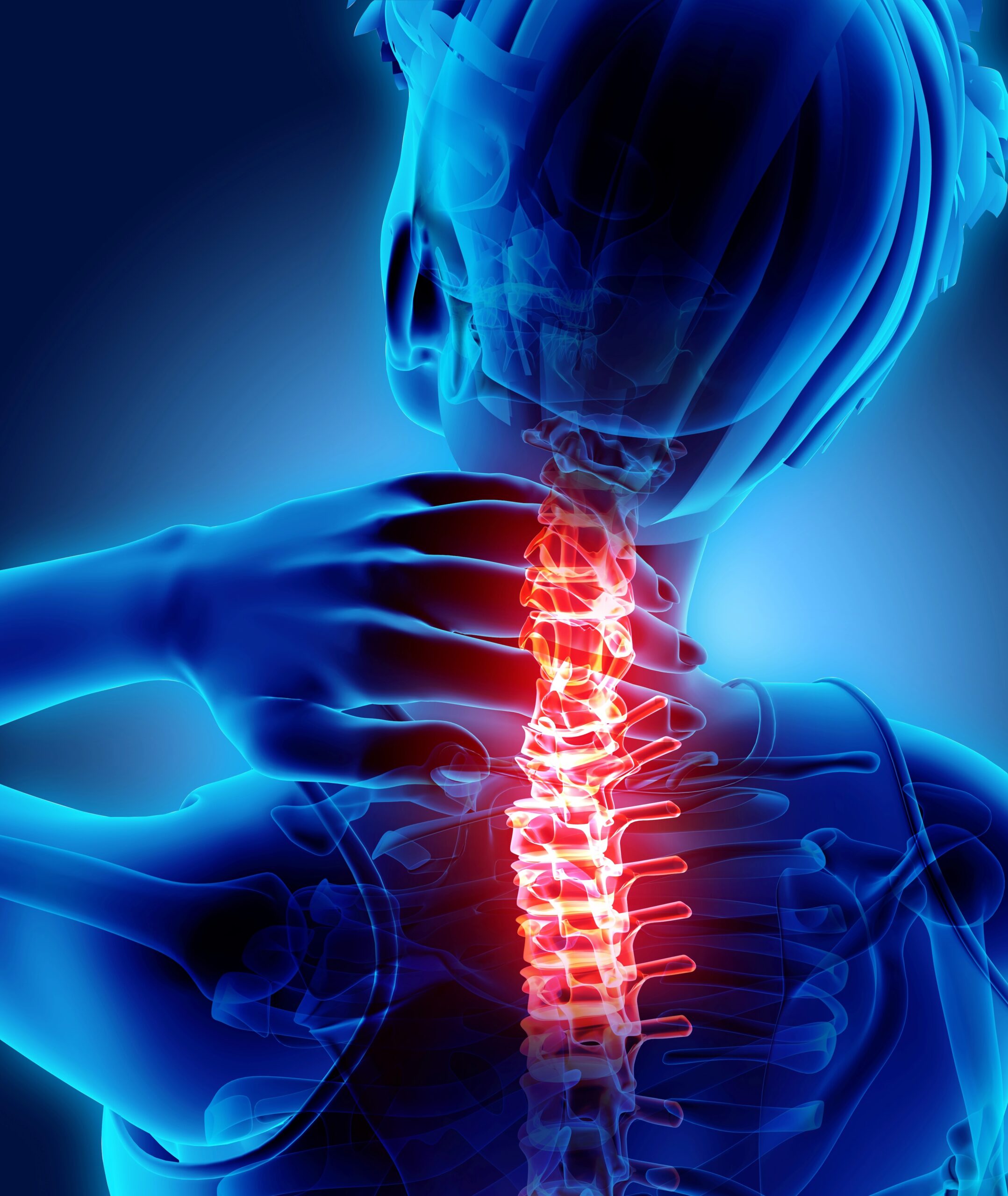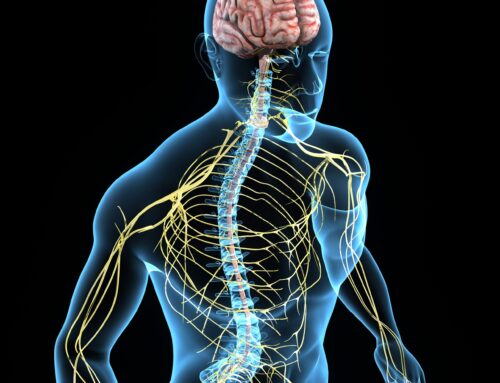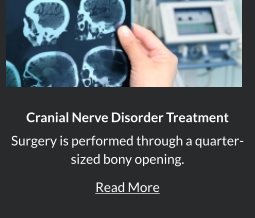Affecting mainly the skull base and spine, chordoma is an unusual kind of bone cancer. Despite its rarity, it can have a significant impact on people’s lives when they are diagnosed with it. Symptom management and treatment prove to be immense challenges for patients. Nonetheless, medical technology has advanced significantly while comprehensive care approaches have improved the way chordoma victims live. The aim of this blog post is to discuss recent treatments and strategies that have been designed to improve the lives of those affected by this complex condition.
Understanding Chordoma
In order to understand the methods used in treating it, one needs to first understand chordoma itself. This disease develops from embryonic remnants known as notochords. Unlike other forms of cancer that develop rapidly, chordomas grow slowly but spread widely into important structures within the spinal cord or skull base. Thus, their intricate location makes treatment complicated and multidisciplinary intervention necessary for optimal results.
Comprehensive Treatment Approaches
- Surgical Innovations: Surgical precision is crucial in treating chordoma. Utilizing advanced techniques such as minimally invasive and endoscopic procedures, surgeons aim for complete tumor removal while preserving neurological function. These advancements not only improve tumor removal but also contribute to faster recovery times and reduced postoperative complications.
- Radiation Therapy: Radiation oncologists collaborate closely with surgeons to offer a range of advanced radiation therapy modalities tailored to each patient’s needs, including brain and skull base tumors treatment. From intensity-modulated radiation therapy (IMRT) to stereotactic radiosurgery (SRS), these techniques deliver precise doses of radiation to the tumor while sparing surrounding healthy tissue. By minimizing side effects and maximizing tumor control, patients can maintain a higher quality of life throughout treatment.
- Multidisciplinary Care: A holistic and collaborative approach to chordoma treatment involves assembling a multidisciplinary team comprising neurosurgeons, radiation oncologists, medical oncologists, and supportive care specialists. This integrated model ensures that patients receive comprehensive care addressing all aspects of their condition. By optimizing treatment outcomes and enhancing overall well-being, this approach underscores the importance of a unified care strategy.
- Targeted Therapies: Recent advancements in molecular biology have led to the development of targeted therapies that specifically inhibit pathways involved in chordoma growth.Some patients may have access to clinical trials investigating novel drugs and therapies tailored to their tumor’s genetic profile. These targeted approaches hold promise in improving treatment efficacy and minimizing systemic side effects commonly associated with traditional chemotherapy.
- Pain Management and Rehabilitation: Chordoma can cause debilitating pain and functional impairment, significantly impacting patients’ quality of life. Integrated pain management programs focus on alleviating symptoms and improving functional status through a combination of medication, physical therapy, and supportive care services. By addressing both physical and psychological aspects of pain, these programs empower patients to regain independence and improve overall well-being.
- Colloid Cysts: While focusing on chordoma treatment, it’s also important to consider other intracranial conditions that may coexist or present similar symptoms. Colloid cysts, for instance, are benign growths typically found in the brain’s third ventricle. Although generally asymptomatic, they can cause obstructive hydrocephalus if they block the flow of cerebrospinal fluid. Understanding and addressing such coexisting conditions is essential for comprehensive patient care.
Enhancing Quality of Life
Recognizing that chordoma treatment extends beyond medical interventions, healthcare providers prioritize the quality of life of their patients through supportive care services.
- Psychosocial Support: Coping with a rare cancer diagnosis can be emotionally taxing for patients and their families. Comprehensive cancer centers offer psychosocial support services ranging from counseling and support groups to mindfulness-based stress reduction programs. These resources provide patients with the necessary tools to navigate the emotional challenges of their journey and cultivate resilience in the face of adversity.
- Supportive Care Services: Comprehensive supportive care services, including pain management, rehabilitation, psychological support, and palliative care, are integral components of chordoma treatment. By addressing the physical, emotional, and psychological needs of patients, these services play a crucial role in enhancing overall quality of life and promoting a sense of well-being.
- Patient Education and Empowerment: Patient education and empowerment are fundamental aspects of the treatment process. By ensuring that patients have a thorough understanding of their condition, treatment options, and potential outcomes, healthcare providers empower them to actively participate in their care decisions. This collaborative approach fosters a sense of control and confidence, leading to better treatment adherence and improved overall outcomes.
Conclusion
Chordoma treatment in Orange County is undergoing a paradigm shift, driven by advances in medical technology, multidisciplinary collaboration, and patient-centered care. By combining innovative therapies with comprehensive support services, healthcare providers are not only extending survival but also enhancing the quality of life for patients affected by this rare cancer. As we continue to strive for excellence in chordoma management, our collective efforts will undoubtedly pave the way for brighter futures for individuals facing this challenging diagnosis.






















